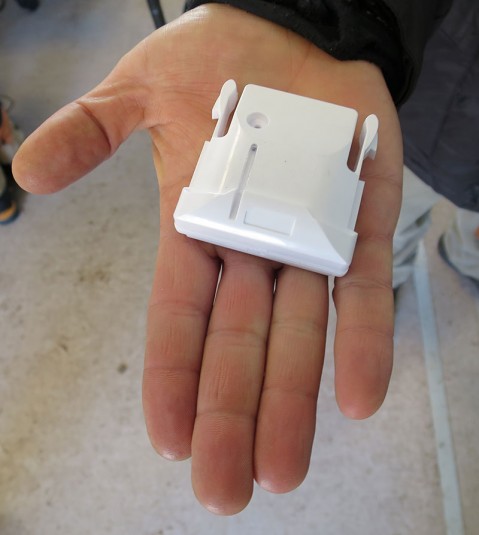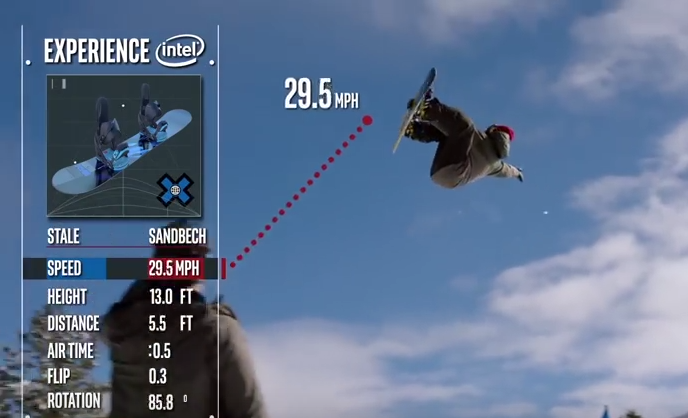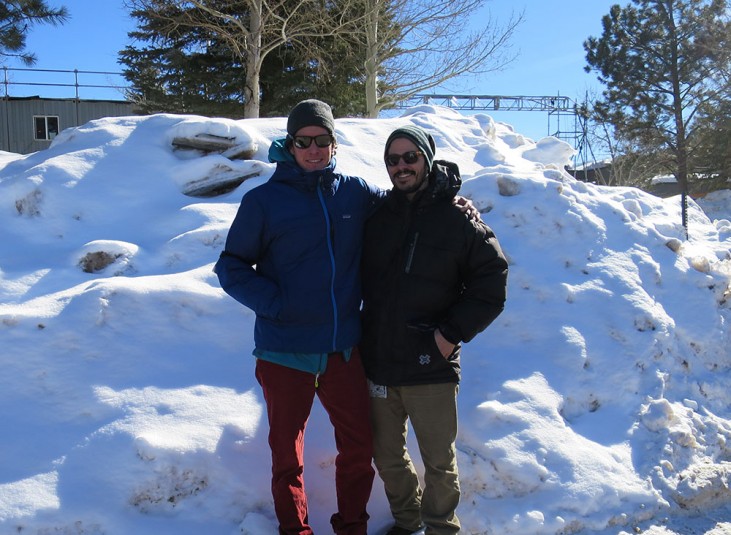Winter X Games Live: Intel Curie Sensors Offer Viewers Deep Real-Time Data
Speed, height, distance, air time, flip, rotation, g-force, and landing impact are displayed for Men’s Snowboard Big Air and Slopestyle
Story Highlights
What was the G-force and landing impact of Mark McMorris’s massive gold-medal-winning jump in last year’s X Games Big Air competition? What about the exact degree of rotation on Ståle Sandbech’s tricks during his silver-medal Snowboard Slopestyle run in 2015? At this week’s Winter X Games, ESPN and Intel have teamed up to provide viewers with real-time data and graphics that will answer these very questions using Intel’s Curie wearable sensors.
“I am a big believer in technology that truly advances the viewer’s experience, and I think [Curie] truly does that for us,” says X Games Senior Coordinating Producer Amy Rosenfeld. “We have all in this industry — myself included — fallen victim to bells and whistles that, in some cases, litter the screen but don’t enhance the viewer’s experience. At X Games, everything happens in the blink of an eye, so, if we can provide data to explain what’s happening in real time, it really adds some meat on the bone to demonstrate how difficult this is to a casual or even a hardcore viewer.”
The X Games-Intel Curie partnership, which was announced at CES this month, will be on display during the Men’s Snowboard Big Air and Slopestyle competitions. The pencil-eraser–size Curie module (which retails for under $10) will be encased in a puck-like casing and mounted on all snowboards (in front of the rear foot) in competition.
The module transmits real-time acceleration, motion, and location data via more than a dozen antennas mounted down the sides of the courses. The Intel team then delivers the metrics to the Visual Technologies (VT) operation housed in ESPN’s truck, which automatically generates real-time graphics for the ESPN telecast.
For more from Winter X Games:
ESPN Back Aboard Innovation Train in Aspen
As Winter X Games Grow, So Does the Sound
“Our goal right now is [to use the system] on every run every time,” says Chris Cokas, manager, VT, ESPN. “The challenge with doing this in real time is consistency. We really want to be 99.9% accurate at minimum. In our practice session, if we did 60 jumps and we missed seven, that wasn’t close to where we want to be. That’s not air-ready. So we have spent the past few months fine-tuning everything so that it’s perfect.”
Intel’s nine-person team has supplied roughly 100 Curie pucks in Aspen (each with a one-hour battery) and plans to deploy them on the boards of more than 30 athletes. The primary metrics displayed in ESPN graphics will include speed, height, distance, air time, flip, rotation, g-force, and landing impact, but the wealth of data sent via Curie makes the analytical possibilities almost limitless.
A December Test Drive for Curie
ESPN and Intel came out to Aspen in December to test the technology and shoot footage for a sizzle reel (unveiled at CES) with the participation of McMorris and Sandbech.
“It was good to see the athletes were actually genuinely interested in the statistics,” says Cokas. “Right away [after their run], they came to us and said, ‘Show me it, show me it, show me it.’ It was cool to see that they were really embracing it.”
Looking Ahead: Skiing, Judging, and More
Although Curie will not be deployed for the women’s snowboarder competition, several athletes are testing the devices on their boards. In addition, although judges have not been provided with the Curie data this year, it could be provided to them in the future to help assist in content analysis.
According to Cokas, assuming everything goes well with the Snowboard Big Air and Slopestyle competitions, this is only the beginning, with the potential for use in skiing and snowmobile competitions in the future.
“The skis are a secondary challenge because they need two pucks and that has a whole other level of complexity,” says Cokas. “We’re very excited about what we think we can do with [Curie], and this is just the beginning.”



